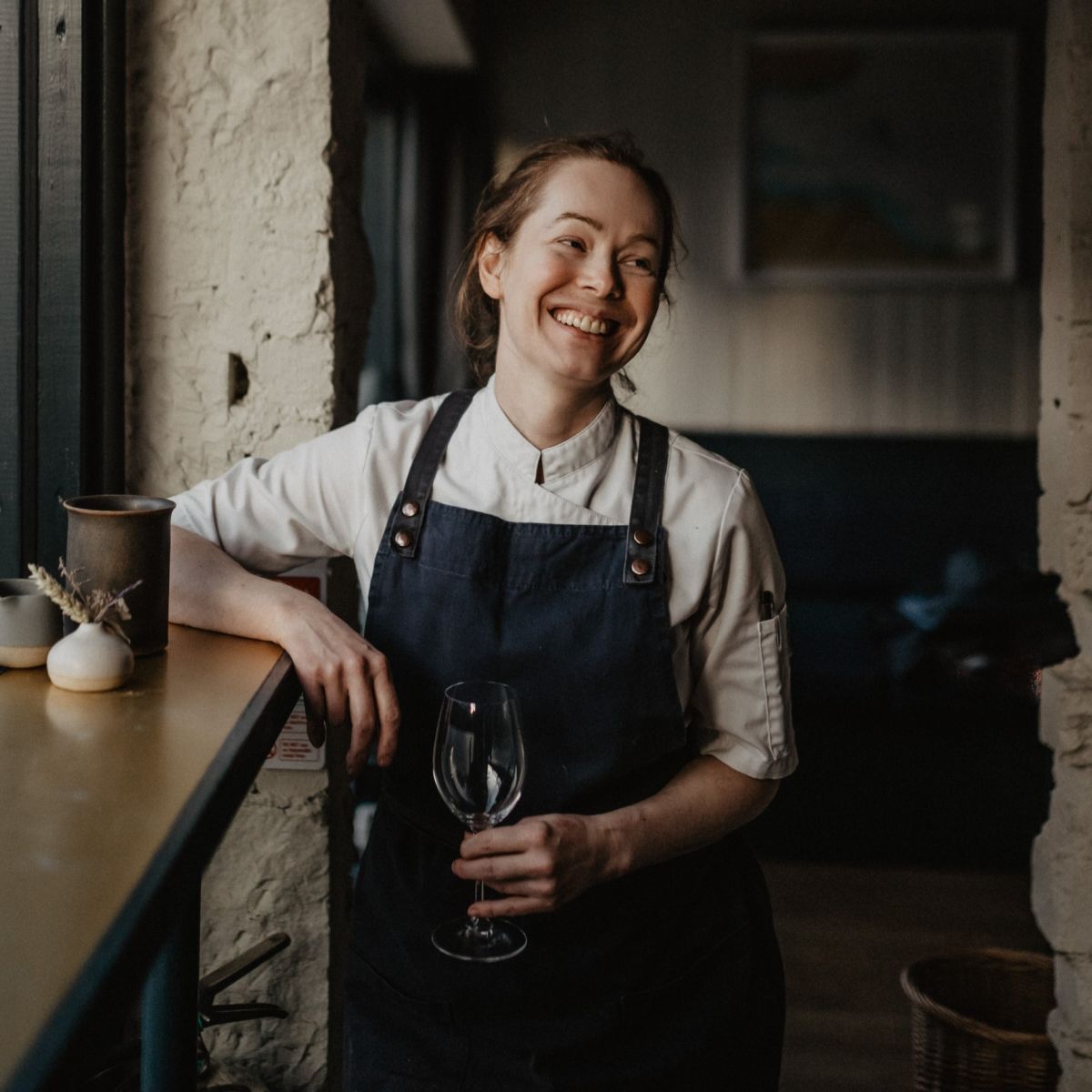Tasting menus: Still the peak of eating culture?
Is the tasting menu still the pinnacle of dining out in Scotland? Ailsa Sheldon dives into a trend that may well have peaked
.jpg)
The most creative way to dine or a tedious, performative slog? Truth is, a tasting menu can be either, depending on the kitchen’s skill. And while there’s little worse than sitting through endless stodgy courses of questionable quality (yes, we have a list; no, we’re not sharing it), at their best, tasting menus are dazzling, entertaining and palate-thrilling.
But there’s been a shift recently. Fewer new restaurants have opened with this format while established spots like Dean Banks’ Restaurant 1925 At Pompadour in Edinburgh have changed from tasting menu to à la carte to ‘reflect changing consumer demands’. So is this the end for the multi-course fixed menu?
‘There will always be a place for tasting menus,’ says Roberta Hall-McCarron (Edinburgh’s The Little Chartroom, Eleanore and Ardfern), ‘but our tasting menu sales are much lower than our three course à la carte menu. We believe people want choice, so we actually offer it on both the three course and five course menus.’ Dan Ashmore, of Borders luxury hotel Schloss Roxburghe, agrees: ‘Guests are more focused on choice now, rather than being told what you are going to eat.’

While a tasting menu lets chefs demonstrate their skills and curate an exciting dining experience, the freedom to choose exactly what you fancy is surely part of the joy of eating out. Still, at Killiecrankie House in Perthshire, Tom Tsappis stresses the ‘treat’ element of the format. ‘Our restaurant is tasting menu only, so obviously we don’t think that tasting menus have had their day; actually, we’ve had the best year in our history.’ Calum Montgomery, chef at Skye’s Edinbane Lodge, believes tasting menus have a place when they’re done for the right reasons, not just for the sake of following a trend. ‘There’s an art to getting the flow, balance and story right so the guest feels taken on a journey rather than overwhelmed or bored,’ he says. When done right, there’s no chance of palate fatigue and sometimes the ‘wild card’ dish you’d never choose ends up being the highlight of the night.
But not everyone is convinced, including Jun Au of Edinburgh’s Pomelo. ‘I believe tasting menus have had their day and it’s largely due to the state of the current economy,’ says Au. ‘People are more attracted to choice... it’s understandable that customers want more control over what they have for dinner.’ Peter McKenna (The Gannet, Glasgow) agrees the format may have peaked: ‘While I believe there will always be a place for tasting menus, I do think we might have hit a kind of saturation point. Diners increasingly crave variety and the ability to curate their own experience. The essence of great dining is harmony between choice, quality and the simple joy of sharing a meal.’ Changing eating and drinking habits play a part; many chefs note the increasing complexity of catering for different dietary requirements and appetites. Pomelo’s Au notes there’s ‘more of a zero-alcohol crowd, with people much more inclined to have softs rather than alcohol.’ McKenna agrees: ‘Appetites are shrinking; there is no doubt in my mind. And those who do drink less may opt for a better glass or bottle, swapping quantity for quality, which is not a bad trade-off.’
Killiecrankie House’s Tsappis concludes: ‘I don’t think we have seen the end of tasting menus, perhaps just the end of the ones that shouldn’t have happened in the first place.’ As McKenna, whose own Gannet is closing at the end of this year (a ‘new chapter’ is planned for the site), reminds us: ‘Dining habits are always in flux... but guests always recognise quality and the Scottish hospitality sector is very good at delivering it.’
Main picture: Ailsa Sheldon.